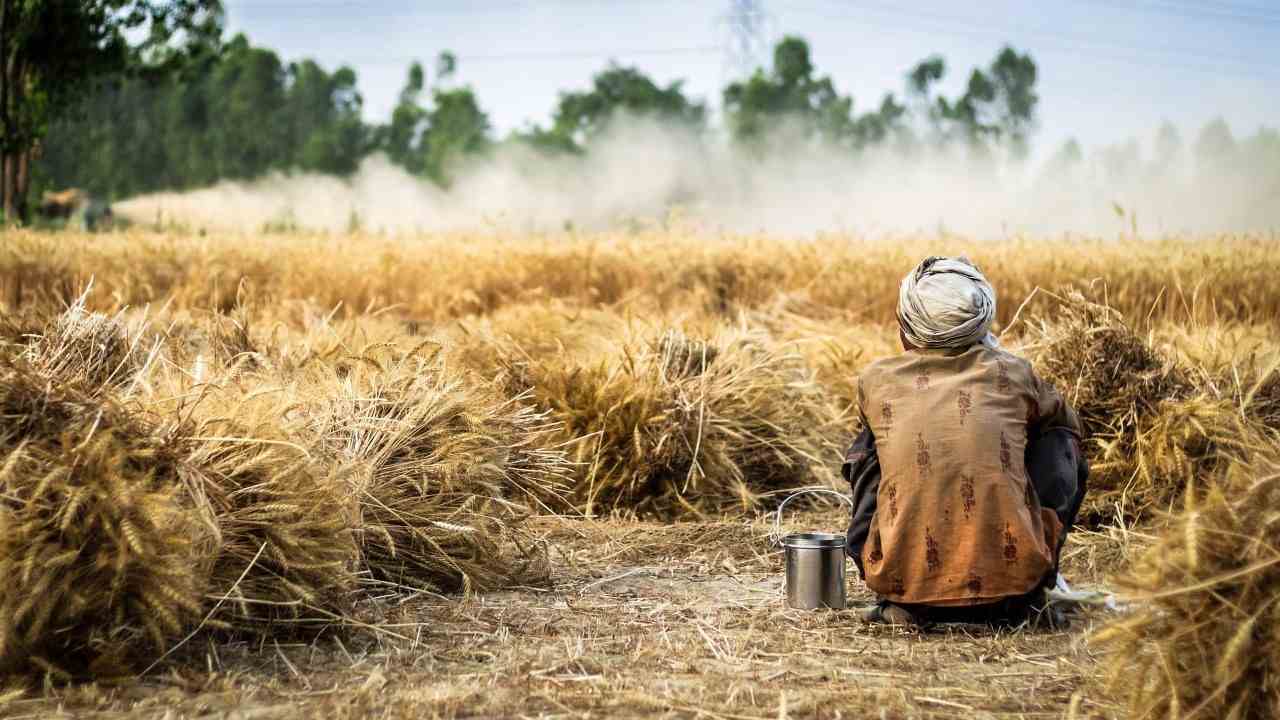
In response to a Rajya Sabha starred question in December last year, the Agriculture Minister Shri Narendra Singh Tomar submitted that the Centre had factored a budgetary provision of 87,000 Cr to support 14.5 Cr farmer families under its flagship PM Kisan program. However, Centre has only been able to identify & transfer funds to 9 Cr families. So where are the rest?
The Agriculture Minister quoted the Agriculture Census (2015–16) data which interestingly counts only the total agricultural landholdings in India. On the other hand, it is the Population Census in 2011 that estimates the number of cultivators at 11.8 Cr. All these figures are based on surveys conducted in a large time lag — within which families migrate & even drop out of the farming profession.
In India, almost 40% of arable land is leased out by absentee landlords to tenants for farming. It is this tenant farmer who takes a loan from moneylenders at usurious rates, procures agriculture inputs, channelizes labour to till the soil & harvests the produce on this land. Any policy based transfers (subsidies, insurance or credit) are generally paid to the landlord’s bank account. The question of how & when this gets shared between the landlord & the farmer is primarily based on their mutual understanding. Hence data on such tenant farmers remains largely invisible to governments.
So who is a farmer in India? The answer still eludes us. And it is high time that we establish a robust & reliable mechanism to fix this.
Creating Farmer Registries Linked With Land
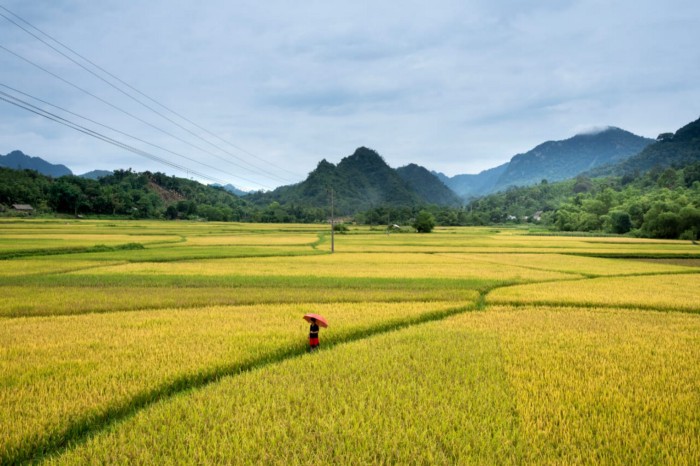
The premise may seem utopian but land is one of the most robust ways to identify & support farmers in the country. Take the example of the Government of Odisha that has been able to successfully leverage Bhulekh (land records database maintained by the Revenue department) to empower small & marginal farmers in the state. Every farmer registered to sell paddy or millets to the state is linked to his land.
This GovTech intervention helps the State to easily identify small & marginal farmers, prioritize them during the procurement season and support them through loans, subsidies or other agriculture extension programs. Since one can sell only what one can sow on his registered & verified land area, the procurement value chain leaves no room for middlemen.
If land record is used as the base, how can governments identify tenant farmers? There has been a clamour in the policy circles to reform state-level legal (land lease acts) and institutional frameworks (land records & land administration) to help governments identify both the owner & the cultivator of the land. This can be successfully done when both parties feel secure — the former that he will not lose his property if he allows someone else to cultivate it, the latter that he has the security of tenure needed to justify investment in human and physical capital. This of course is a gradual process.
Recognizing that landlords may not yet be ready to sign a formal agreement with a tenant, Odisha Government allows the tenant to directly declare themselves against a parcel of land they claim to cultivate. Once due verification is done by local agriculture officers, revenue officials and/or the gram panchayat, the State procures directly from such tenants. In fact, this data captured in Odisha’s farmer registration database has helped the State to identify all categories of vulnerable farmers & provide direct income support in times of agrarian crisis.
Leveraging Land Data for Agricultural Growth
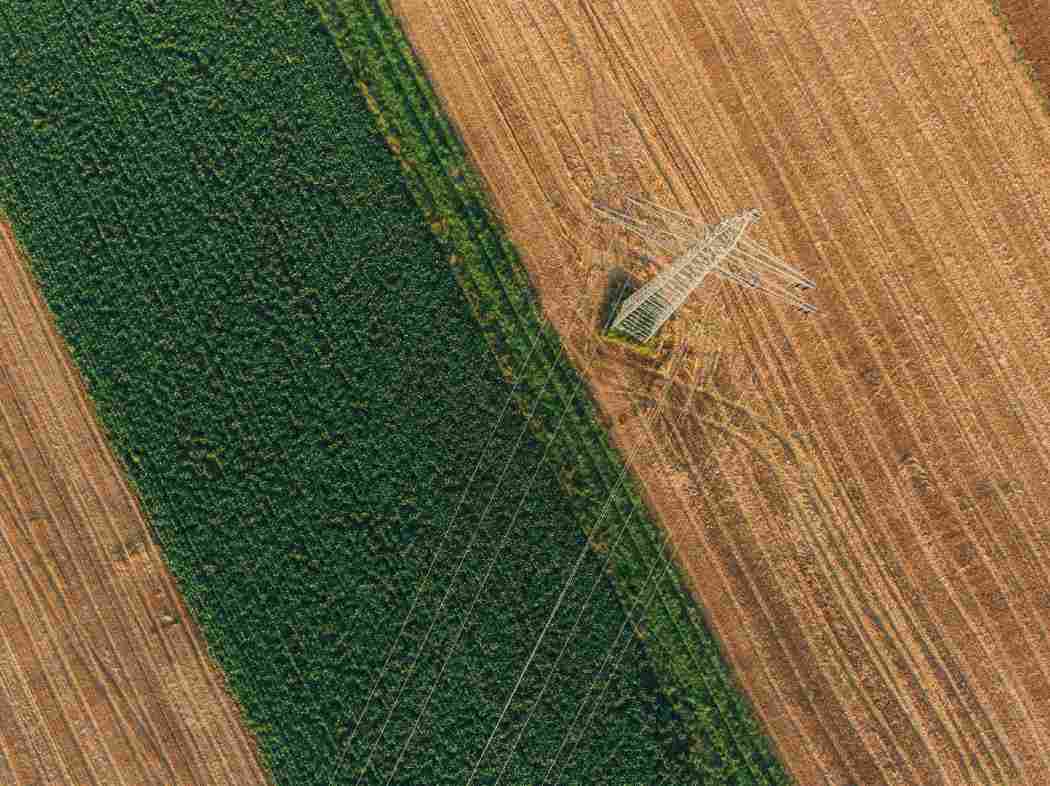
Once governments build such registries linking farmers to the land they own or cultivate, they could go a step further and leverage GovTech solutions around geo tagged photos, satellite imagery or drone based surveillance to identify agricultural land use. Around 25 million hectares of arable land is lying fallow in the country. Imagine the lost agriculture potential. Imagine the extent to which such owners claiming to be “farmers” must be diverting input subsidies& crop loans given against their land. Hence finding exact area under cultivation is critical. States like Telangana have started capturing cropping pattern so that government can incentivize farmers to move away from mono-cropping of water intensive crops. At a time when global food security is threatened by crop epidemics, governments could transfer support overnight to farmers based on their land use data.
India spends close to 25 billion USD in farm subsidies (covering seeds, pesticides, agriculture implements & many others) annually. And efficiency of such spending for farm revival & growth can be hugely boosted by accurately targeting farmers. But for tracing India’s true farmers, we will first have to ask the land he tills!
The author is Priyadarshi Pany, Founder & CEO of CSM Technologies. This article was originally published on his Medium profile.






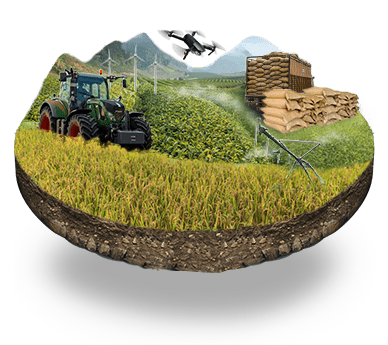



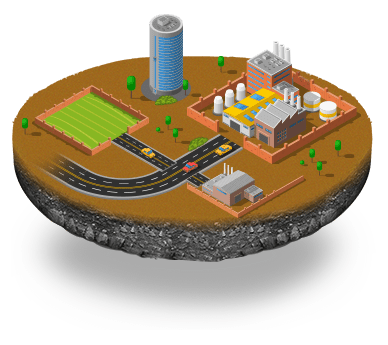





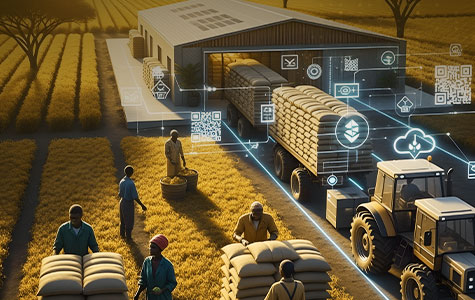

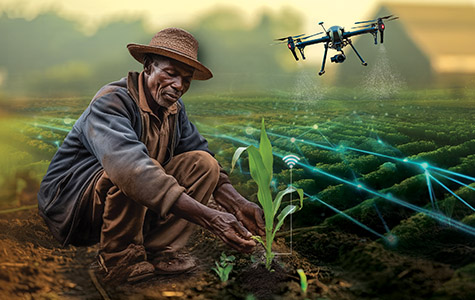



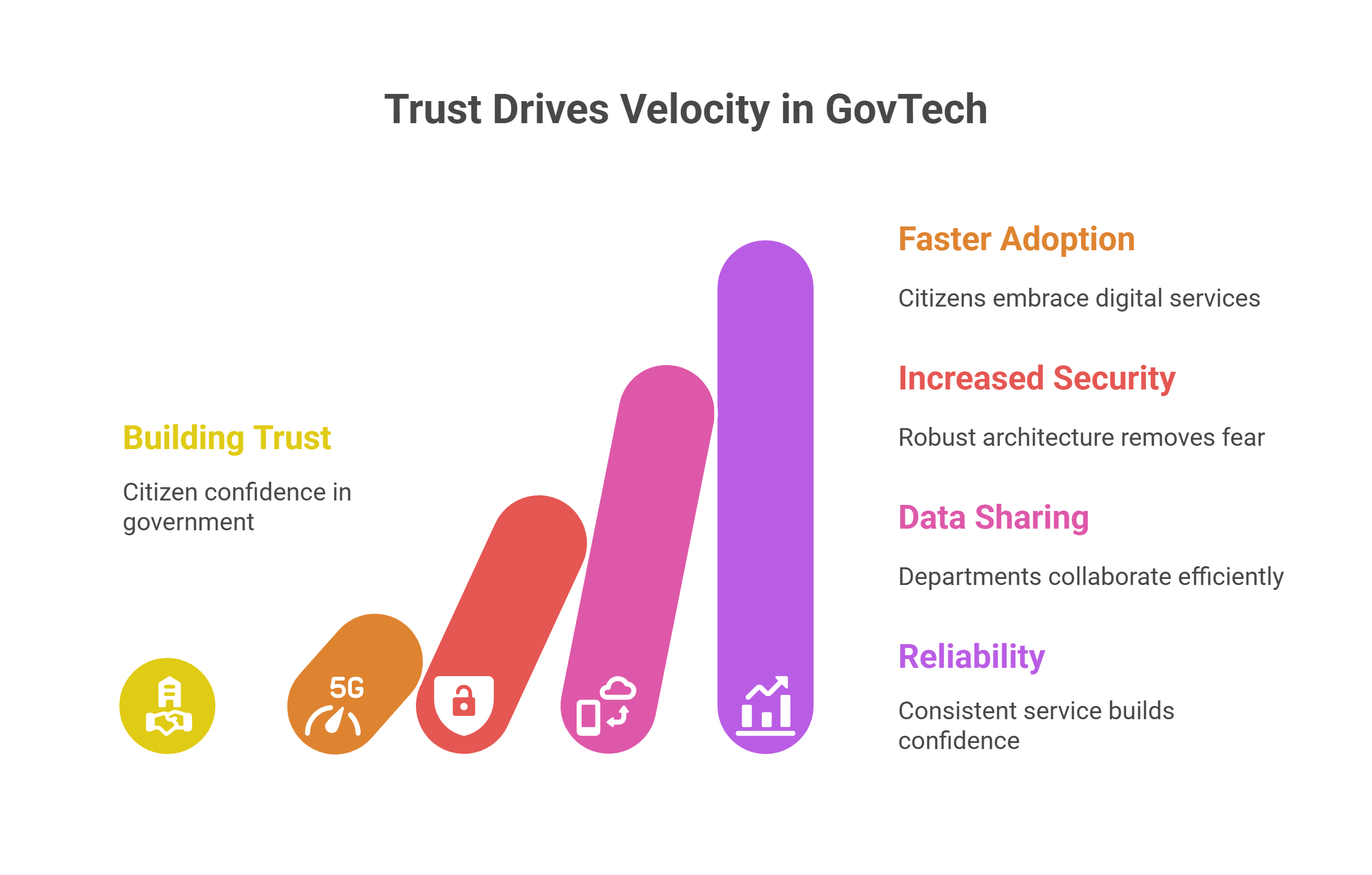

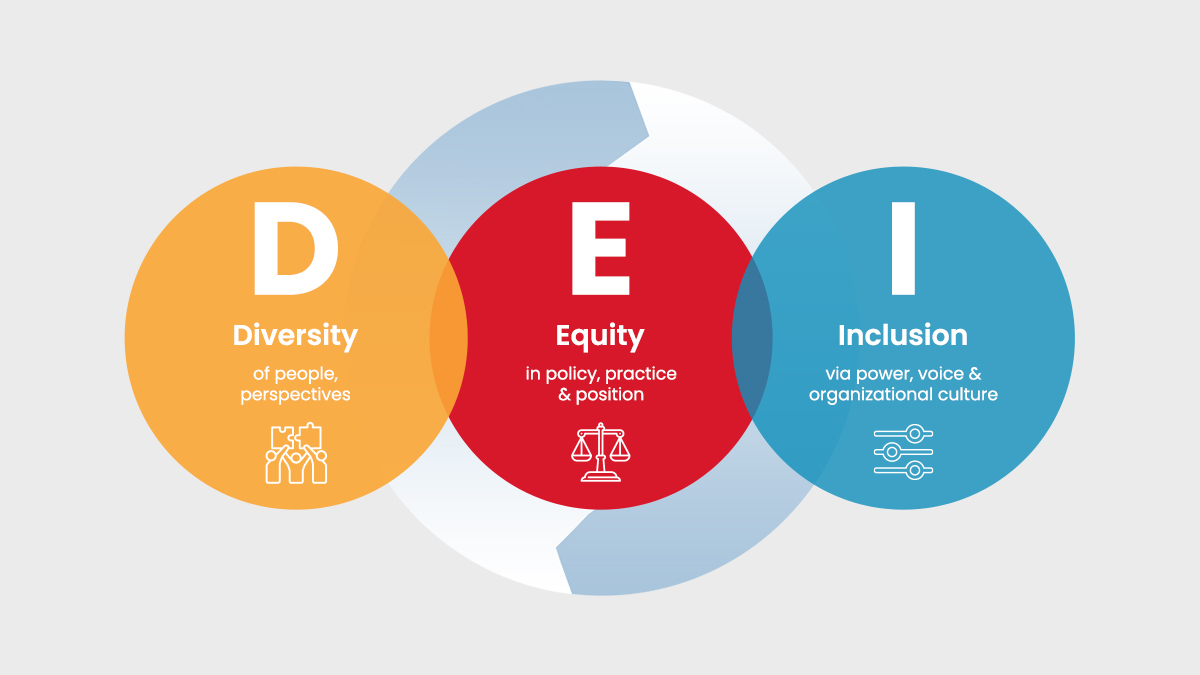




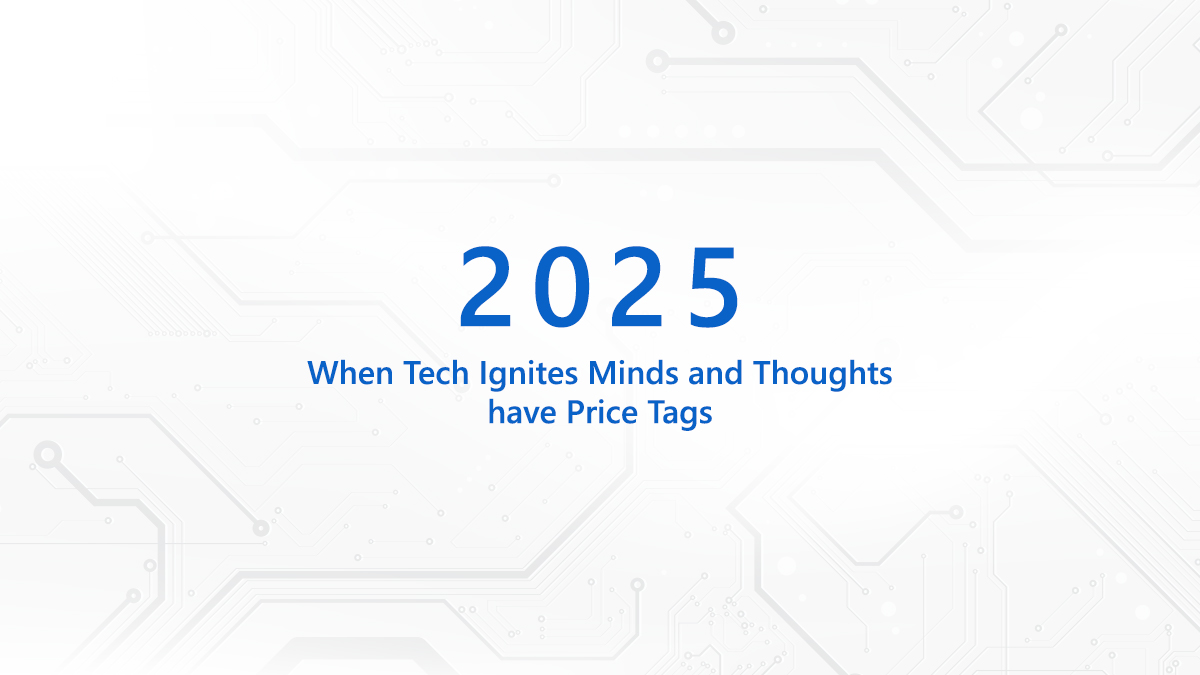








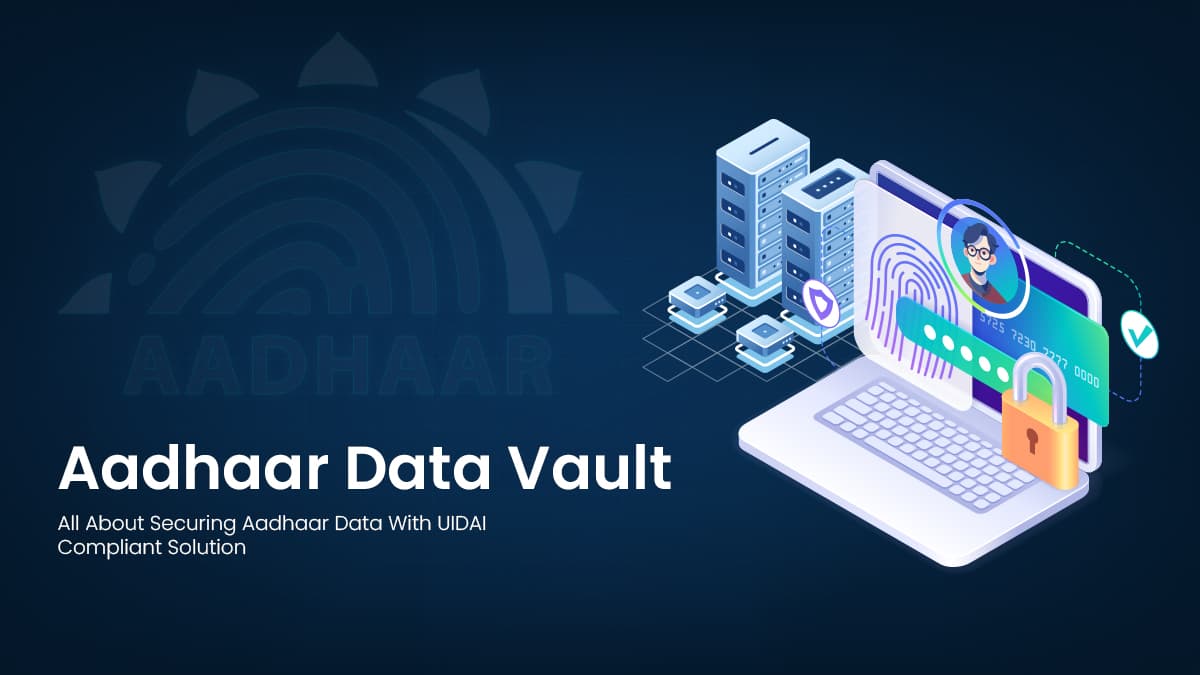



We will verify and publish your comment soon.